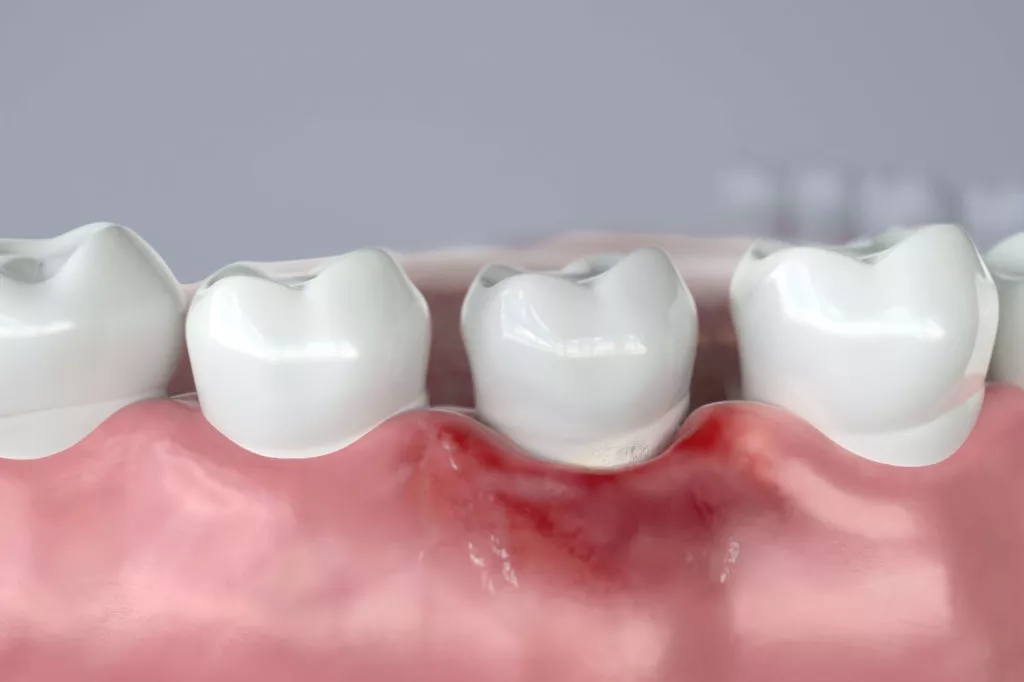Gum Disease: When to See a Gum Specialist in Dieppe, NB
Brushing and flossing your teeth are essential habits to minimize the risk of dental cavities and tooth decay. Also, these habits can help preserve or improve your gum health. Just as you want to avoid tooth decay, you also want to avoid gum disease. When not caught and treated early, gum disease can lead to serious mouth damage. If you think your gum health is compromised, you need to see a gum specialist in Dieppe, NB as soon as possible.
Gum Disease Symptoms
When you visit your dentist regularly, you become aware of your dental health status. Your dentist will thoroughly examine your mouth to see if gum disease has developed. Symptoms of gum disease include swollen gums, inflamed mouth tissue, gum sensitivity, recurring mouth bleeding, receding gum lines, loose teeth, and persistent bad breath.
Know Your Risk for Gum Disease
Some people are prone to developing gum disease. But regular dental care can prevent the symptoms of this condition. Your risk for gum disease can be increased due to some factors. For instance, if you are a smoker or tobacco user, you have a higher risk of developing the condition. Also, using some kinds of medications can affect your risk.
Gum Disease Treatments
Gum specialists may employ different methods to treat gum disease. These include the following:
- Non-surgical treatment. Scaling and planing is the first step to treating gum disease. This involves scarping and getting rid of dental plaque and tartar from the teeth and root surfaces.
- Pocket reduction. Serious gum disease causes your teeth to become loose. In this case, cleaning your gums’ deep pockets is not possible. So, you may need to undergo flap surgery or periodontal pocket reduction surgery. This involves folding back your gum tissue, so the dentist can get rid of infectious bacteria and smoothen damaged bone areas.
- Gum grafts. If gum recession has exposed your teeth roots, your dentist can cover them with gum grafts. This involves taking palate gum tissue to cover exposed teeth roots, minimizing sensitivity and protecting the roots from decay.
- Regenerative procedures. Your dentist may recommend bone grafting to promote bone growth in the affected area. This involves cleaning out the infectious bacteria and placing a synthetic or natural bone in the gum area that has lost bone because of gum disease. This procedure can include the introduction of tissue-stimulating proteins to help the body regrowth tissue and bone.




